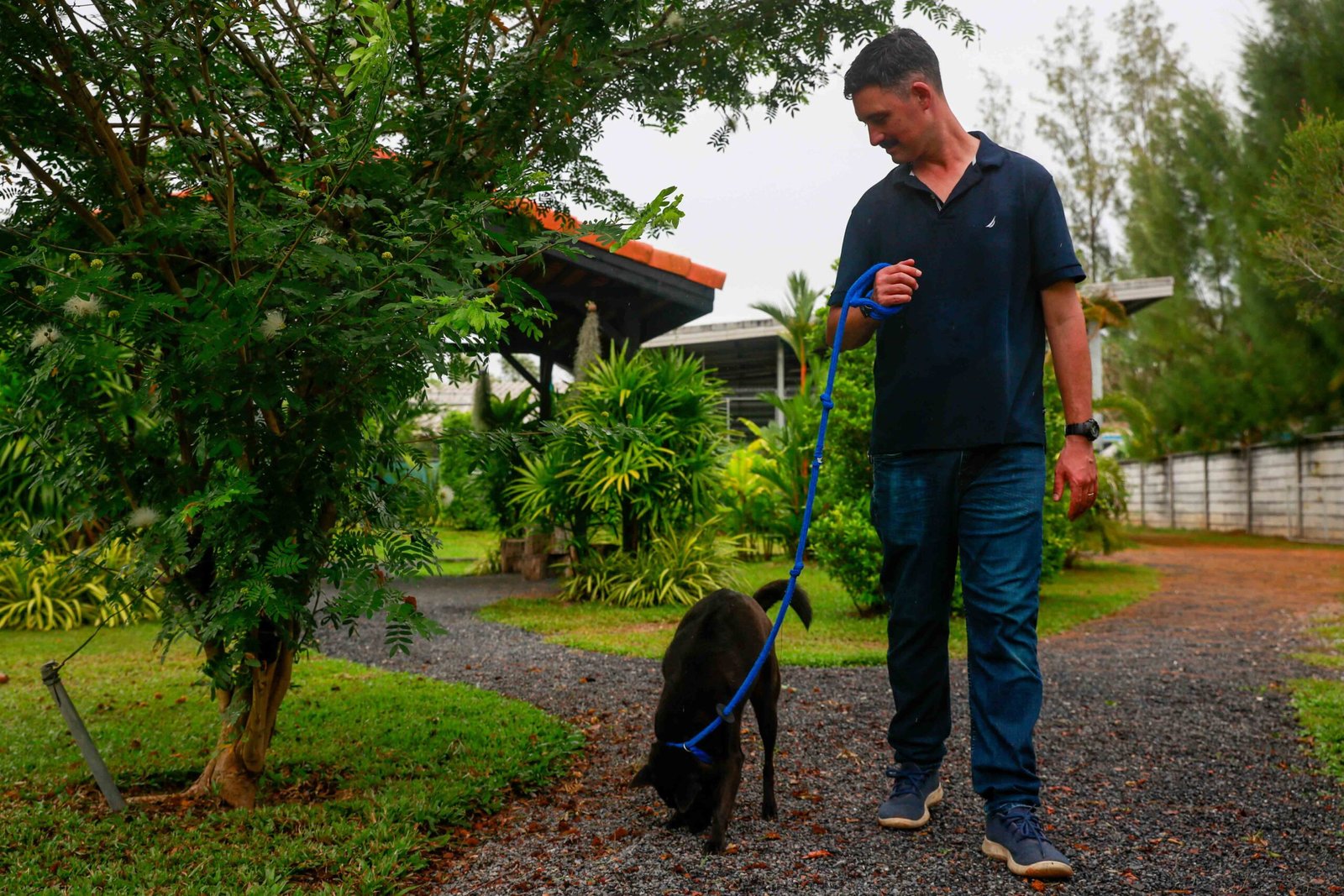Imagine sitting on your couch, telling your dog about your day. Suddenly, their ears perk up at the word “walk,” or maybe their tail thumps at the sound of “treat.” Have you ever wondered what’s really going on in their furry heads? The way dogs seem to grasp human words is nothing short of magical—and the truth behind it is even more astonishing. Let’s dig into how our four-legged best friends understand human speech, and why their ability to “listen” goes far beyond simple obedience.
The Power of Familiar Words
Dogs have an incredible knack for picking out familiar words from the constant stream of chatter around them. Most pet owners have experienced the sudden excitement when they mention “park,” “ball,” or “dinner.” This isn’t just random luck. Research has shown that dogs can learn the meanings of specific words, much like toddlers do. They associate certain sounds with actions, objects, or rewards. For example, if your dog hears “outside” and you consistently open the door afterward, they start connecting the word with going out. Over time, these repeated associations form a robust vocabulary within your dog’s mind, allowing them to respond to many words with surprising accuracy.
Listening for Tone and Emotion

It’s not just the words themselves that matter—dogs are masters at tuning into how we say things. They can pick up on the smallest changes in tone, volume, and emotion, reading our mood like a living mood ring. If you say “good boy!” in a cheerful voice, your dog will likely get excited, even if he doesn’t understand the exact words. On the flip side, a stern “no” can send most dogs slinking away, even if the word is unfamiliar. This sensitivity to emotional cues is one reason dogs make such empathetic companions. They don’t just hear our words; they feel them.
Body Language: The Silent Partner
Words are only half the story when it comes to canine understanding. Dogs rely heavily on body language to interpret what we mean. When you reach for a leash, crouch down, or point at something, your dog is watching closely. They combine these visual signals with verbal cues to figure out your intentions. If you’ve ever tried to spell out “W-A-L-K” and still found your dog bounding toward the door, you know just how sharp their observational skills are. This blend of spoken language and gestures helps dogs grasp the bigger picture of what we want from them.
The Science of Canine Brains

Recent brain imaging studies have revealed some jaw-dropping facts about how dogs process human speech. Scientists have found that dogs use similar brain regions as humans to distinguish between familiar words and nonsense. In one study, dogs were played recordings of their owners saying both known words and made-up words. The dogs’ brains lit up distinctly when they heard words they recognized, showing that they aren’t just responding to tone or routine—they’re actually processing language in a meaningful way. This discovery suggests that dogs’ brains are wired for understanding us on a deeper level than we ever imagined.
Why Some Breeds Excel at Language

If you’ve ever met a Border Collie who knows dozens of commands, you might wonder why some dogs seem to “get it” better than others. Certain breeds, especially those developed for working closely with humans, tend to pick up language faster. Herding breeds, like Collies and Shepherds, were bred to respond to a wide range of vocal commands. Their sharp minds and strong desire to work make them more receptive to learning new words. However, even breeds not known for their obedience can surprise you with their understanding—especially when motivated by love, treats, or affection.
Training Techniques That Boost Understanding
The way we train dogs has a huge impact on how well they comprehend our speech. Positive reinforcement is key—rewarding your dog when they respond correctly to a word strengthens the association in their mind. Repetition and consistency are just as important. Dogs thrive on routine, and hearing the same command used in the same context helps them make lasting connections. Training sessions that are short, fun, and upbeat keep your dog engaged and willing to learn. Over time, you might be amazed at just how many words your dog can pick up—some studies suggest the average family dog knows around 165 words!
The Role of Routine and Repetition

Routine is the backbone of a dog’s ability to understand us. When daily life follows predictable patterns, dogs quickly learn to anticipate what comes next. Hearing “bedtime” every night before heading to their crate, or “car” before a drive, teaches them to connect words with activities. This repetition is crucial for building their verbal vocabulary. Dogs are creatures of habit, and the more consistent we are with our language, the more confident and responsive our dogs become. It’s almost like they’re learning a second language, one word at a time.
The Unspoken Bond: Beyond Words
Perhaps the most remarkable part of how dogs understand us isn’t about language at all. It’s about the deep, unspoken bond we share. Dogs sense our happiness, sadness, stress, or excitement without a single word. They curl up beside us when we’re down and dance with joy when we’re cheerful. This emotional connection forms the foundation for all communication between dogs and humans. Even when words fail, our dogs somehow know exactly what we mean—and that’s the real magic behind their understanding.





